“Endurance” on Display at NSLM: Secretariat’s Triple Crown at 50
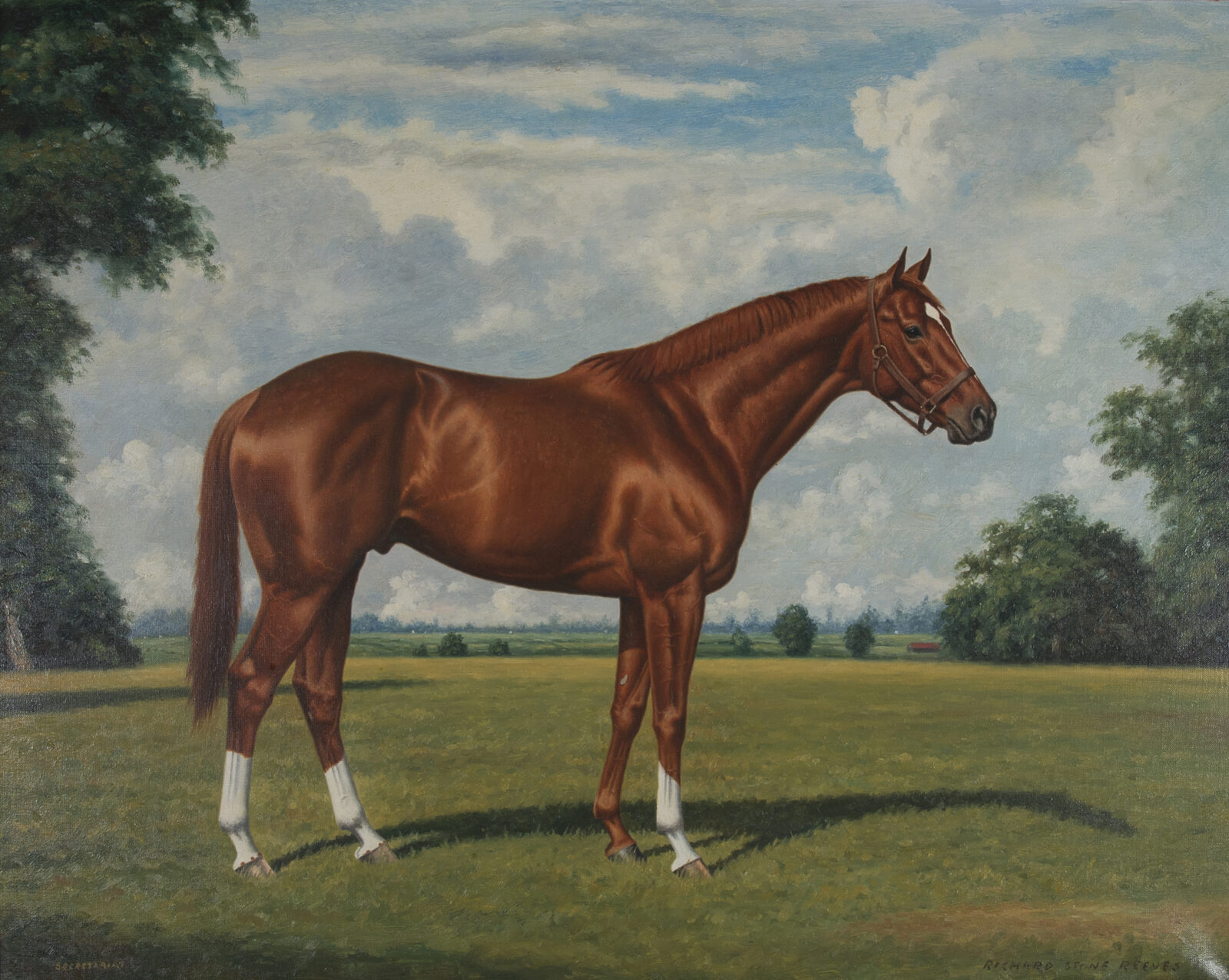
Written by Dulcy B. Hooper
It has been 50 years since Virginia’s most famous racehorse, Secretariat, was propelled into the annals of history after winning the American Triple Crown of horse racing: the Kentucky Derby, the Preakness, and the Belmont Stakes in 1973 — setting a track record at the Preakness that has yet to be broken.
Curated by Colleen Yarger, Ph.D., George L. Ohrstrom, Jr. Curator of Library Collections at the National Sporting Library & Museum, the exhibition opened on January 26 and will run through May 14.

Dr. Yarger joined NSLM last July and immediately began to research and put together “Endurance.” “It seemed such a natural topic to highlight,” she says, “and NSLM has such significant holdings around which to base this exhibition.” Prior to joining NSLM, Yarger had served as Assistant Curator for European Art and the Mellon Collections at the Virginia Museum of Fine Arts.
Such was Secretariat’s success that those who understood the significance of his epic accomplishments set out to document in print, photography, and art what they had seen with their own eyes. “Endurance” offers a fine-tuned presentation of all the above.
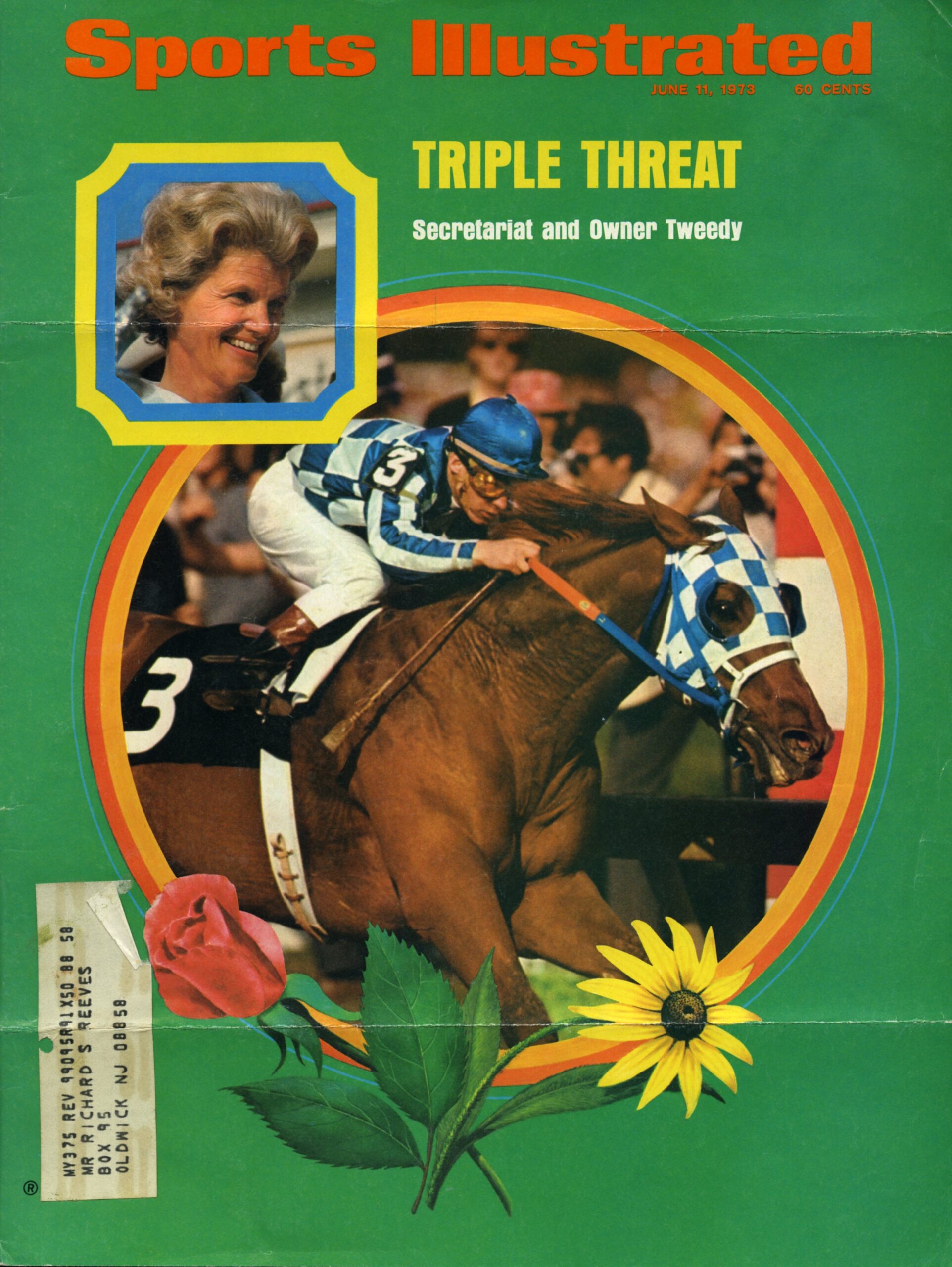
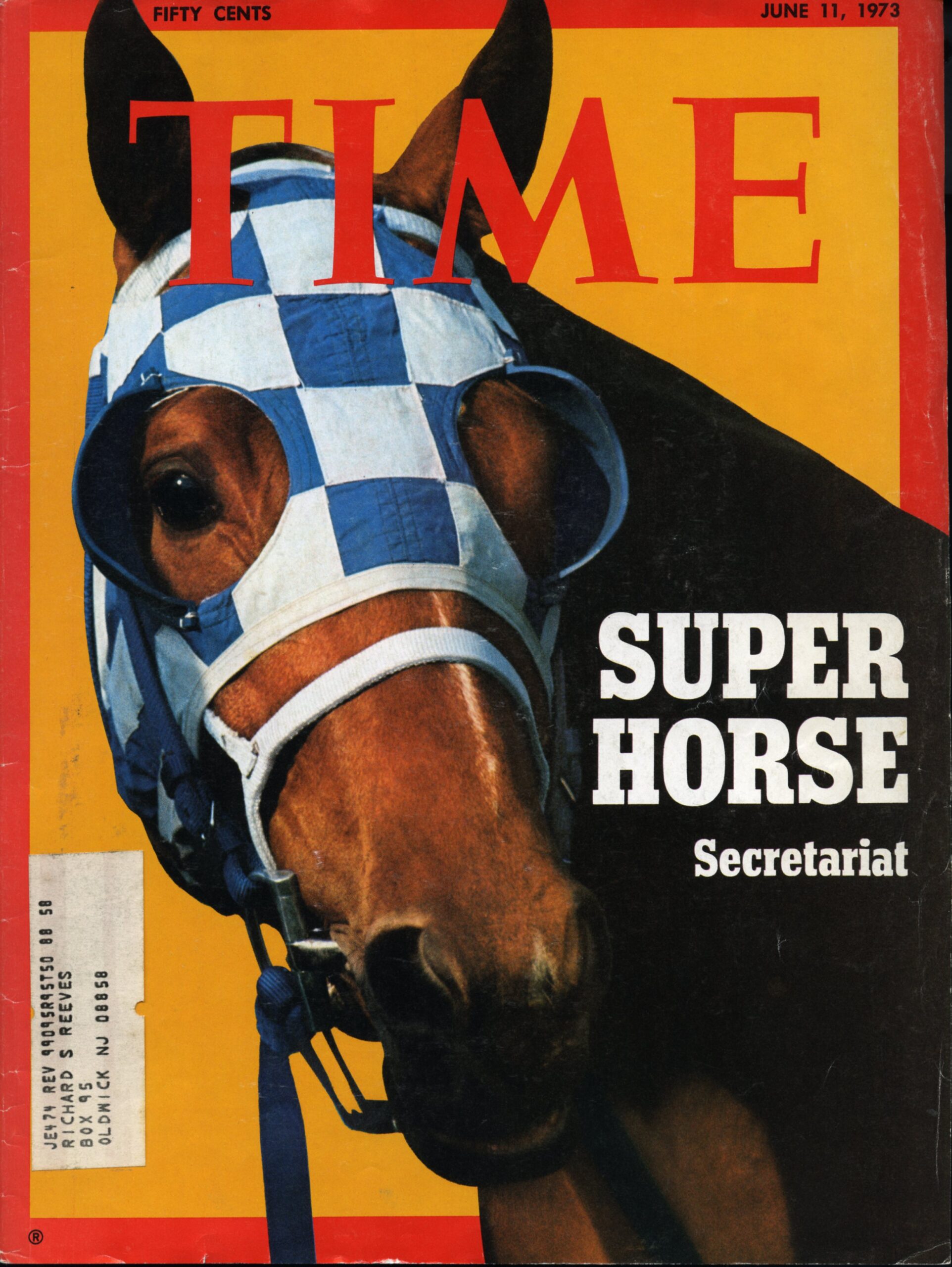
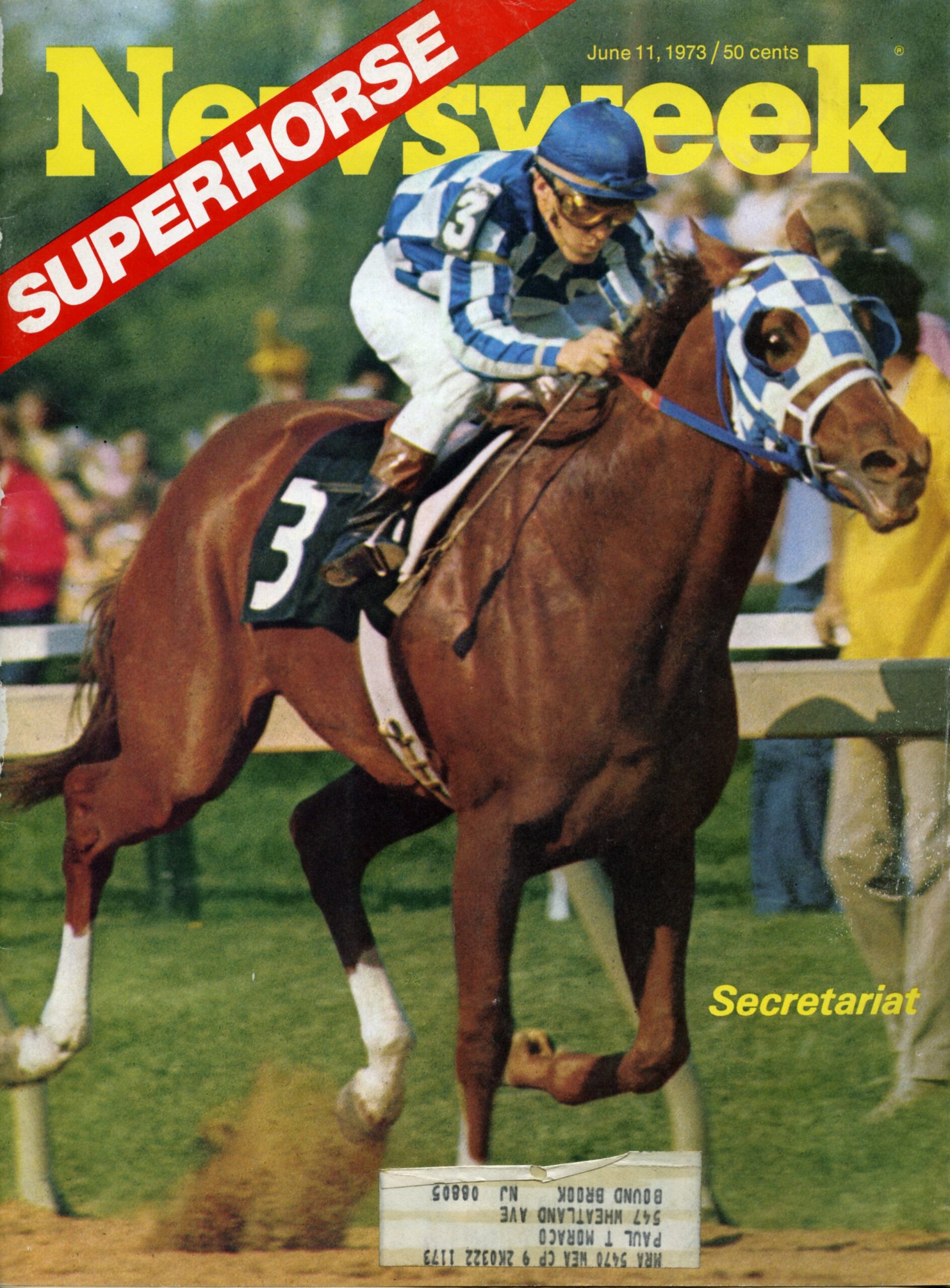
Yarger notes that “There are more people alive now who did not see these races than who did see them — and that includes me.” As to the exhibition, Yarger shares that she “loves a story, and for me, a story has to add up; it has to move from one piece to the next and then the next.”
“Endurance” includes books, photographs, and art. Among the focus areas is “Breeding for the Perfect Racehorse.” National Sporting Library founder Alexander Mackay-Smith (1903–1998) pinpointed Breeding Racehorses as the first text to publish a system of metrics to identify the most important pedigrees of dams within Thoroughbred breeding.
One of the books highlighted is “The X Factor: What It Is & How to Find It: The Relationship Between Inherited Heart Size and Racing Performance” by Marianna Haun, which explores the theory that Secretariat had been born with a genetic makeup that led to a larger-than-average-sized heart. Haun’s book details the theory that many successful racehorses have bigger hearts, tracing the linkage of this genetic quirk to the X chromosome. At the root of this quirk: a larger-than-average heart is only heritable from father to daughter or from mother to offspring.
“The description of Secretariat’s ‘tremendous heart’ was more than just metaphorical,” says Yarger. “While the average Thoroughbred’s heart weighs between eight and nine pounds, Secretariat’s heart was estimated to weigh 22 pounds.”
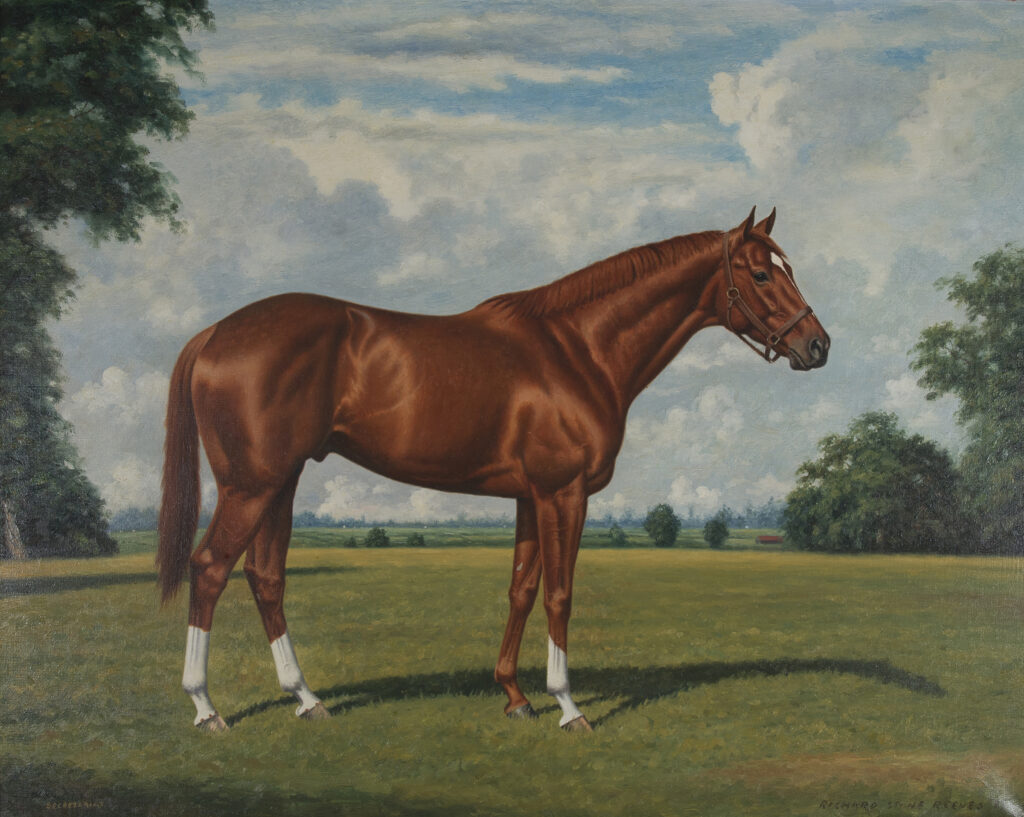
“Endurance” includes an understated but deeply impactful visual of Secretariat’s stride — one worth returning to see again. Secretariat’s length of stride was considered large, measuring 24 feet, 11 inches long, while training for the Preakness. Because he was so well-muscled and with such significant cardiac capacity, he could out-gallop competitors at nearly any point in a race.
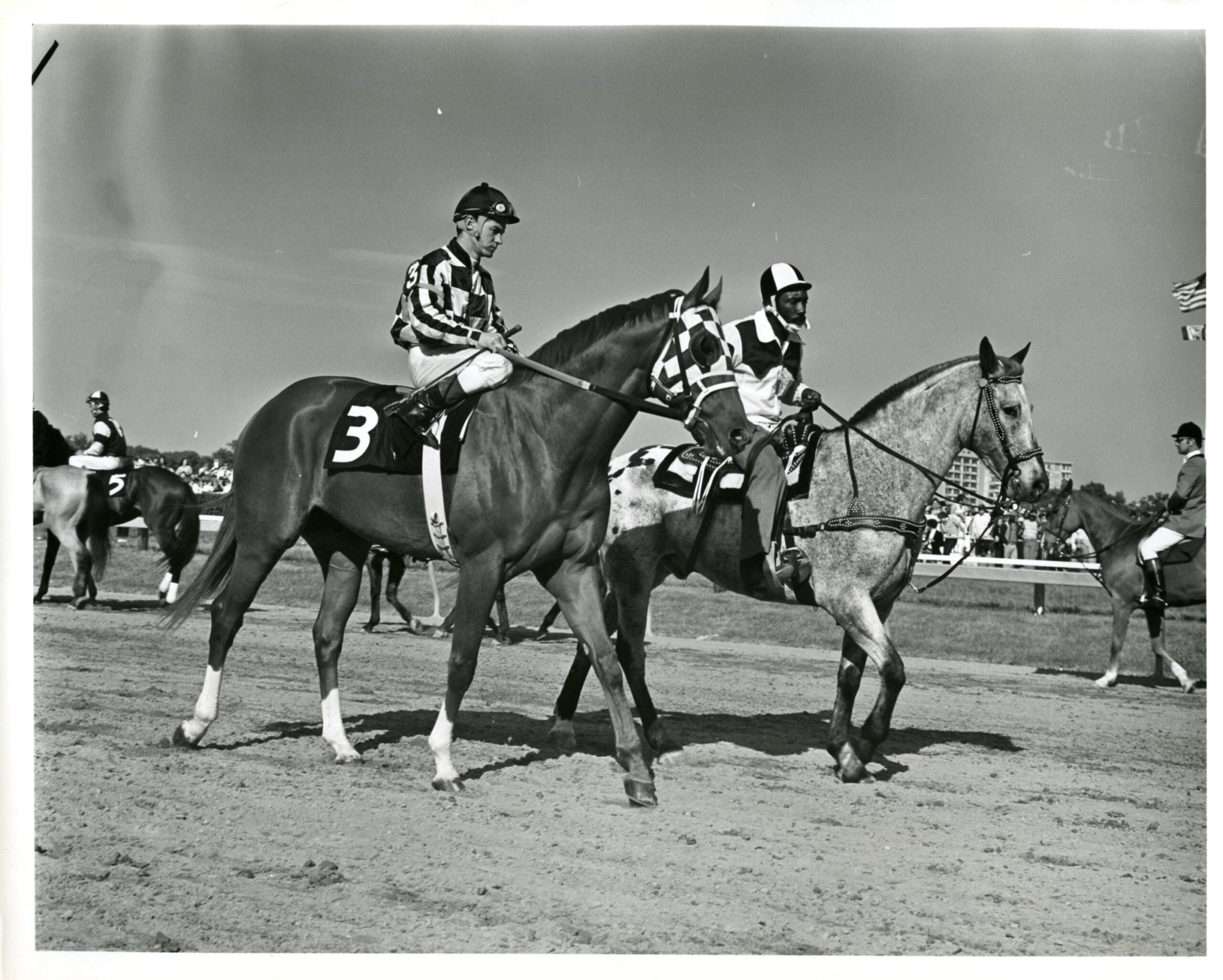
Another book highlighted in the exhibit is “The Secretariat Factor: The Story of a Multimillion-Dollar Breeding Industry.” Written by Thomas Kiernan and released only two years after Secretariat’s first crop of foals had become eligible to race, “The Secretariat Factor” chronicles the intrigue surrounding that first crop by focusing on their successes and failures, providing a behind-the-scenes look at the various factors affecting the decisions of members of the Secretariat syndicate.
Among Yarger’s favorite aspects of the exhibit is “something I was not expecting but found and was affected by in NSLM’s Richard Stone Reeves Archive.” Reeves was one of the foremost equine portraitists in the second half of the 20th century. Included in his archive (donated to NSLM by his children, Nina and Tony Reeves) is a folder containing a series of black-and-white prints of Secretariat’s renowned groom, Eddie Sweat, holding a lead shank and moving Secretariat around. Along the edges of the photos are chestnut-colored fingerprints, made as Reeves referenced them in painting Secretariat.
“Now, every time I find a chestnut-colored fingerprint in the Reeves archive, it brings a smile to my face,” Yarger says. “Seeing actual fingerprints on the photos makes it easy to imagine Reeves, in his studio, working on the painting and selecting a photo to reference. It’s a very human thing to do. I am so grateful that Reeves saved them.”
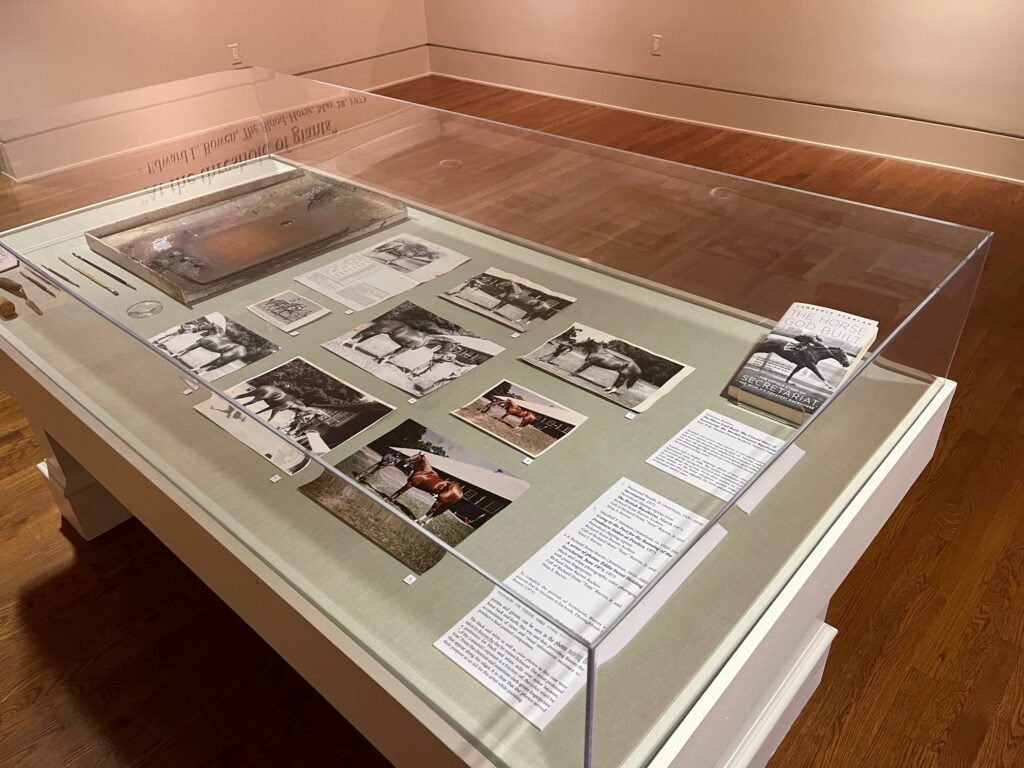
Shortly after Secretariat ran his last race as a 3-year-old on October 28, 1973, he was retired from racing and transported to Claiborne Farm, embarking on life as a sire. Members of the syndicate sent mares to breed, hoping to enhance their chances of producing a worthy contender. By the time Secretariat died in 1989, he had sired 16 crops of foals, producing three stakes winners who would ultimately achieve over $20,000,000 in earnings.
“There is a method when telling a story,” Yarger explains. “You have to believe that one-third will know nothing; one-third will have a general idea of what it is about; and one-third will be supremely interested. I hope that this exhibit touches all of those individuals.” ML
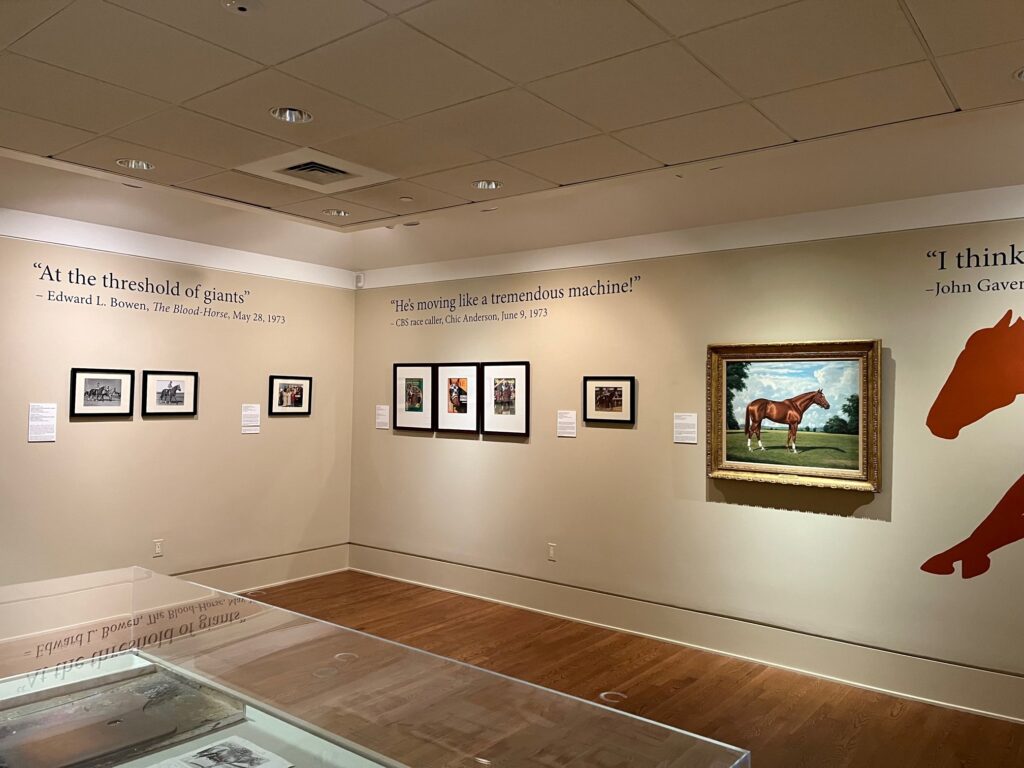
“Endurance: Secretariat’s Triple Crown at 50”
Forrest E. Mars, Sr. Exhibit Hall
National Sporting Library & Museum
102 The Plains Road
Middleburg, VA 20117
540-687-6542
Published in the April 2023 issue of Middleburg Life.








